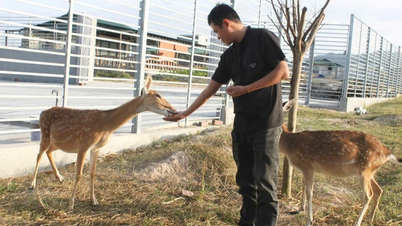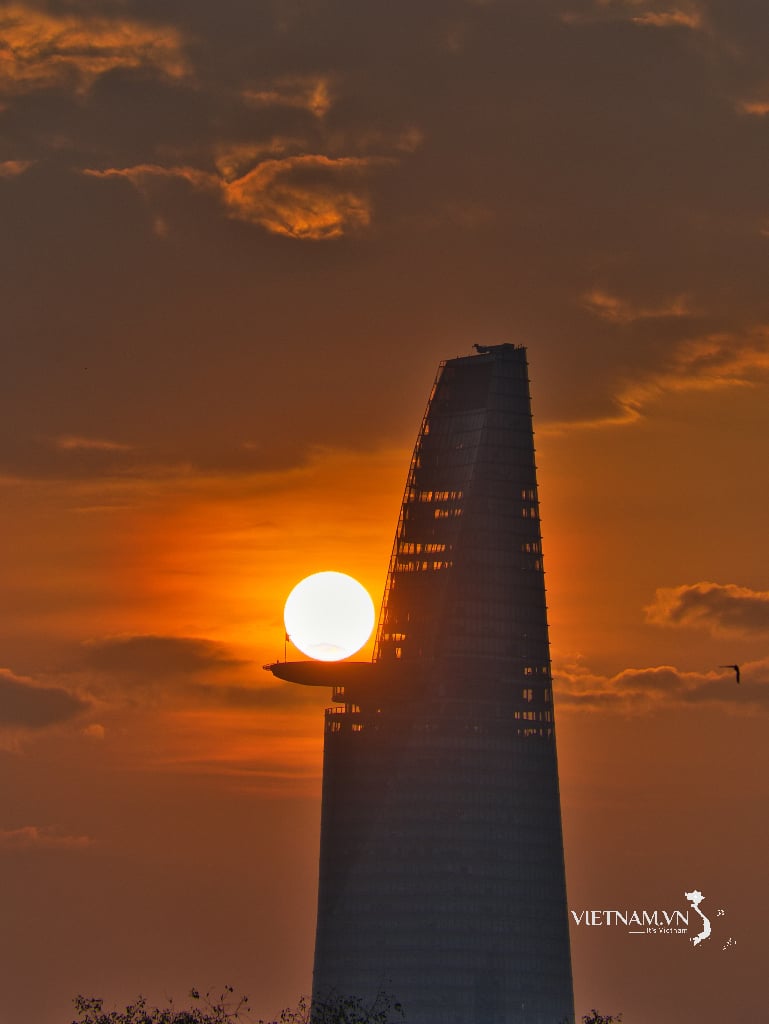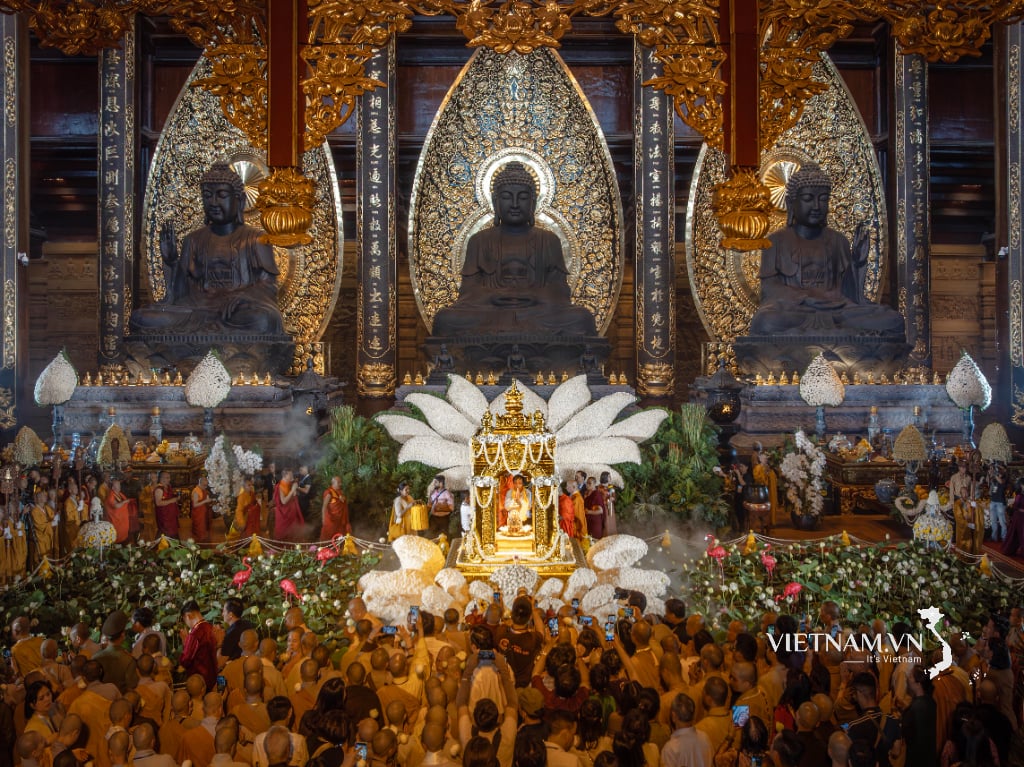If calculated according to the lunar calendar, a month has 29.53 days, so a lunar year will be rounded up to 354 days, 11 days less than the solar calendar. So 3 years will be 33 days less, this time will accumulate into a month.
Why does 2023 have two lunar months?
After 3 years according to the lunar calendar, there will be an extra month. The extra month added to a leap year is called a leap month, so that the lunar year and the solar calendar do not differ much.
Unlike the way of calculating leap years according to the Gregorian calendar, the way of calculating leap years according to the Lunar calendar is relatively complicated, especially the part of calculating leap months.
According to the calculation of the lunar calendar, according to the ancients, every 19 years, there is an extra leap month every 2 years. This leaves 7 extra leap months, placed in the 3rd, 6th, 9th or 11th, 14th, 17th, 19th years of the 19-year cycle.

If there are many lunar months in a year that do not contain middle energy, we take the first month without middle energy after Dong Chi as the intercalary month.
Therefore, to calculate a leap year, we just need to divide the solar year by 19. If it is divisible or gives a remainder of 3, 6, 9, 11, 14, 17, then that year is a leap year according to the lunar calendar. For example, 2023 divided by 19 will give a remainder of 9, so its corresponding lunar year - Quy Mao is a leap year.
Regarding the calculation of the lunar intercalary month - that is, the month that is repeated so that the leap year has 13 months. According to experts, any month that does not have the middle energy can be used as an intercalary month. If in a year there are many lunar months that do not contain the middle energy, we take the first month without the middle energy after the winter solstice as the intercalary month. January and December are exceptions, never intercalary.
Because this year the second lunar month satisfies the above conditions, it is conventionally repeated as a leap month.
The leap month of 2023 falls in February. So 2023 will have two Februarys.
What is the middle air?
Solar terms and Middle solar terms are often referred to as solar terms or simply solar terms. These are different periods of the year, each lasting 15-16 days, characterized by different weather characteristics of the year. Of these, the four most important middle solar terms that everyone should know are the Spring Equinox, Summer Solstice, Autumn Equinox, and Winter Solstice.
In a leap year of the lunar calendar, the leap month is the month without a mid-lunar day - when the sun begins to move to the zodiac sign, and the sun sets in the middle of the zodiac sign, called the Solar Term.

There are four most important mid-cycles of the year: Spring Equinox, Summer Solstice, Autumn Equinox, and Winter Solstice. (Photo: Vietnam Astronomy)
A year has 12 Middle Seasons (Spring Equinox, Grain Rain, Little Fullness, Summer Solstice, Major Cold, Chu Cold, Autumn Equinox, Frost, Light Snow, Winter Solstice, Major Cold, Rain Water) and 12 Solar Terms (Qingming, Beginning of Summer, Mang Chong, Little Cold, Beginning of Autumn, White Dew, Cold Dew, Beginning of Winter, Major Snow, Minor Cold, Beginning of Spring, Jing Trap).
If several months in a leap year do not have a mid-autumn day, the first month after the winter solstice will be the leap month. However, the first month of the year and the last month of the year are never taken as leap months in the lunar calendar, which is why the second lunar month is chosen.
The zodiac is a concept used in astronomy and astrology to refer to the path that the sun takes in its orbit around the earth. Since the earth actually revolves around the sun, it is an imaginary line divided into 12 equal parts.
Tra Khanh (Synthesis)
Useful
Emotion
Creative
Unique
Wrath
Source


























![[Photo] Discover the "wonder" under the sea of Gia Lai](https://vphoto.vietnam.vn/thumb/1200x675/vietnam/resource/IMAGE/2025/8/6/befd4a58bb1245419e86ebe353525f97)


![[Photo] Nghe An: Provincial Road 543D seriously eroded due to floods](https://vphoto.vietnam.vn/thumb/1200x675/vietnam/resource/IMAGE/2025/8/5/5759d3837c26428799f6d929fa274493)



































































Comment (0)